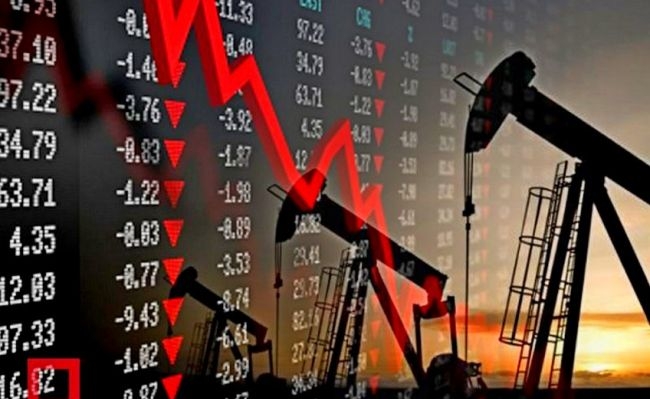Oil prices fall to 6-month low and will remain under pressure from rising supply and inventories in 2026

Against the backdrop of the latest news, oil prices have fallen to a 6-month low and may fall further on forecasts of an excess of supply over demand in 2026. This will increase pressure on the prices of agricultural crops used to produce biofuels, in particular corn and vegetable oils.
December Brent crude futures fell 2.3% to $61.4/barrel (-7.5% per month) over the week and are trading at their lowest in 5.5 months, while gasoline prices are at their lowest in 4.5 years.
Of the 2.2 million barrels per day increase in crude oil production target planned by OPEC+ for 2025, an additional 1.66 million barrels per day have already been produced by the end of September, so crude oil production by OPEC members in September reached 29.05 million barrels per day, which is the highest figure in the last 2.5 years.
The reduction in tensions in the Middle East (following the agreement between Israel and Hamas) has partially reduced the risk premium in crude oil prices due to the threat of disruption of supplies from the region, and President Trump's statement of his intention to meet with Russian President Putin to discuss ending the war in Ukraine increases the likelihood of increased supplies from Russia.
According to Vortexa, crude oil stocks stored on tankers idle for at least seven days rose 8.9% to 93.96 million barrels between October 4 and 10, marking the fourth consecutive week of increases.
Over the past two months, Ukraine has attacked at least 28 Russian refineries, exacerbating the Russian fuel crisis and limiting crude oil exports. Total seaborne fuel shipments from the Russian Federation fell to 1.88 million barrels per day in the first ten days of October, the lowest average in more than 3.25 years.
The price of Russian Urals crude oil fell to $47.4/barrel at the Baltic Sea port of Primorsk for the first time since spring 2025, and fell below the EU's revised price ceiling of $47.6/barrel for the first time. This further weakens the Russian economy and could prompt the Russian Federation to conclude a temporary truce with Ukraine to accumulate forces for new attacks, but could increase oil supplies to the world market.
Last week, the International Energy Agency (IEA) forecast that the global oil surplus would reach a record 4.0 million barrels per day in 2026, significantly exceeding the forecasts of other analysts. For example, JPMorgan Chase & Co. predicts an average daily surplus of 2.3 million barrels in 2026, and the U.S. government’s Energy Information Administration predicts 2.06 million barrels.


